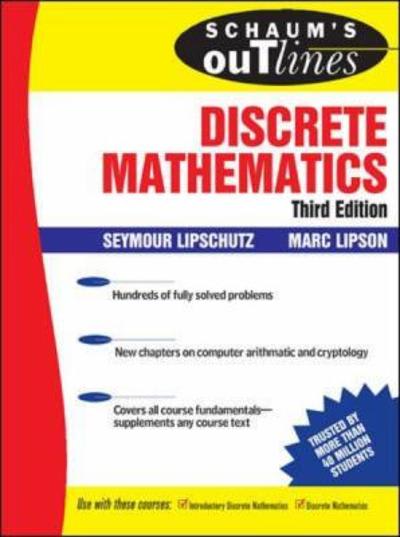
Discussion Topic In inferential statistics, you're often interested in capturing a population value within an interval. For instance, when estimating the mean age of children who eat Super Bran cereal, a market researcher may say, "The mean age is 12.5 years, plus or minus 5%." The plus or minus means the researcher's sample data indicates the true population mean lies somewhere between 13.125 years and 11.875 years. By giving a range of values, researchers can be more condent of the accuracy of their estimates the wider the range, the more condent they can be. If the interval gets too wide, however, it isn't useful. This discussion will get you thinking about intervals for estimating values, and the need to keep them as narrow as possible without making them inaccurate. Post a response to the following: You're a contestant in a game show called Estimate ThisIThe object of the game is to estimate a value, which you state as a number plus or minus 1%, 2%. 3%, 5%, 10%, or 15%. For instance, if you're asked to guess the point spread in the next Superbowl. you can say "I guess 7 points, plus or minus 5%." Here's what makes the game interesting: For correct guesses, the narrower your interval (the range of your plus or minus values), the more you win. Winnings $100.00 $500.00 $5,000.00 $10,000.00 $20,000.00 11% $40,000.00 If you guess wrong (that is, if the number isn't within the interval you guessed), you win nothing. Here's a summary of the rules: 1. You guess a number, plus or minus a percentage. 2. If the number you're trying to guess is within the interval, you win. The narrower your interval, the more money you win. 3. If the number isn't within the interval, you don't win anything. Make a guess, stated as a number plus or minus 1%, 2%, 3%, 5%, 10%, or 15%, for one or more of the questions listed below. Explain the reasoning behind your guess and indicate how condent you are it's correct. Also, respond to another student's posting (either now, or when you come back to see what other students have posted). Questions: In the next league game played at your school (it can be any sport as long as you specify which it is), what will the point spread be at the end of the game? Give a reason for your guess, and state how condent you are that you're correct. Over the next 30 days, how many days will it be cloudy? Give a reason for your guess, and state how condent you are that you're correct. Over the next 30 days, how many days will your favorite radio or TV station correctly forecast whether it will be cloudy









